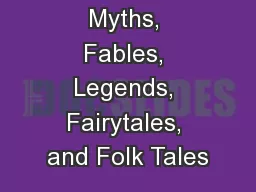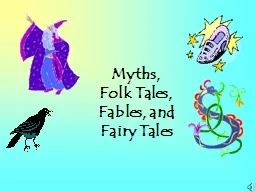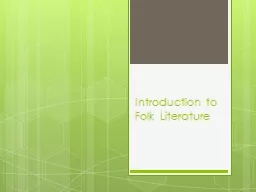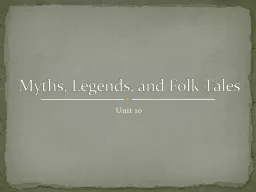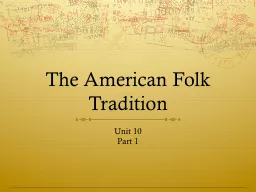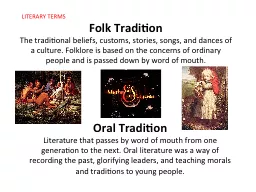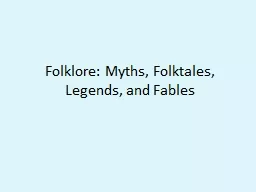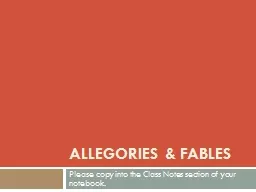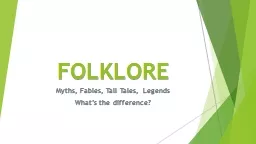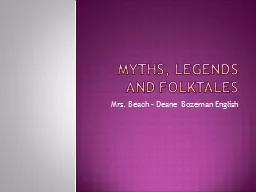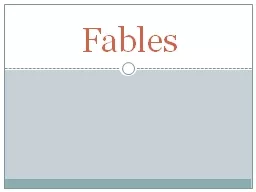PPT-Unit Study Myths, Fables, Legends, Fairytales, and Folk Tales
Author : danika-pritchard | Published Date : 2018-10-20
All known societies embrace the virtues of truthfulness integrity loyalty fairness none explicitly endorse falsehood dishonesty disloyalty gross inequity Howard
Presentation Embed Code
Download Presentation
Download Presentation The PPT/PDF document "Unit Study Myths, Fables, Legends, Fairy..." is the property of its rightful owner. Permission is granted to download and print the materials on this website for personal, non-commercial use only, and to display it on your personal computer provided you do not modify the materials and that you retain all copyright notices contained in the materials. By downloading content from our website, you accept the terms of this agreement.
Unit Study Myths, Fables, Legends, Fairytales, and Folk Tales: Transcript
Download Rules Of Document
"Unit Study Myths, Fables, Legends, Fairytales, and Folk Tales"The content belongs to its owner. You may download and print it for personal use, without modification, and keep all copyright notices. By downloading, you agree to these terms.
Related Documents

